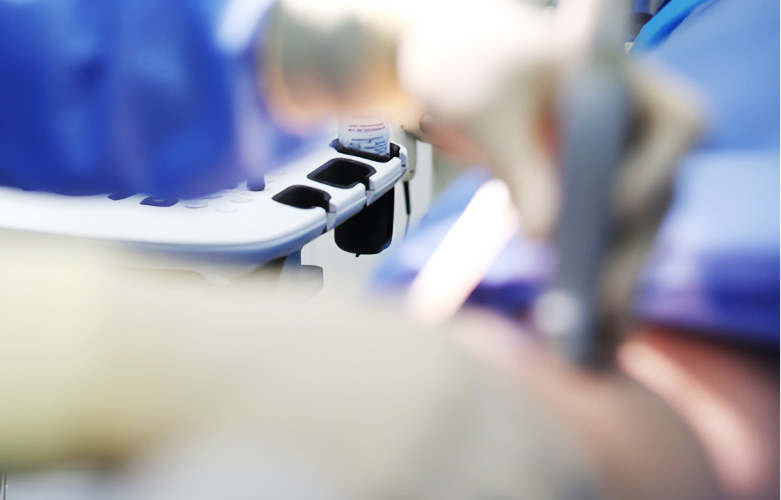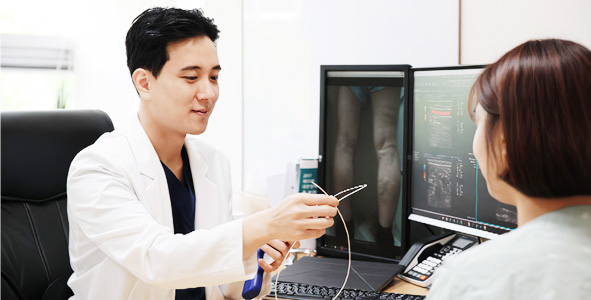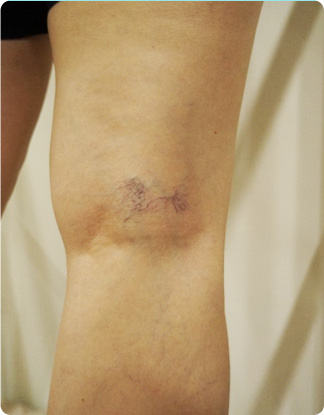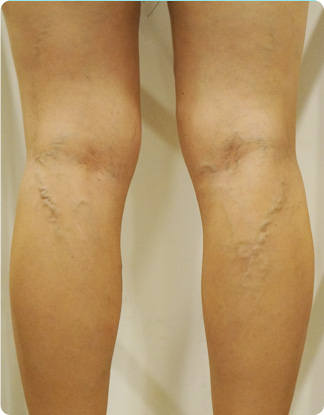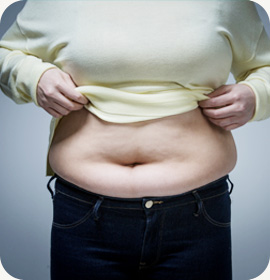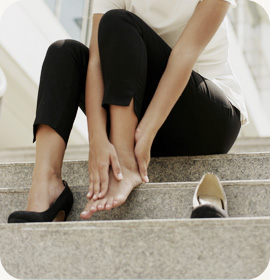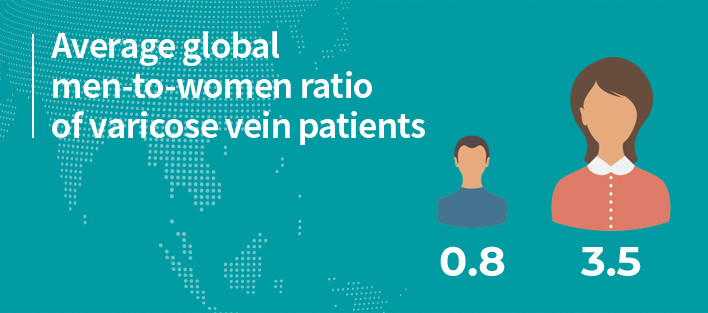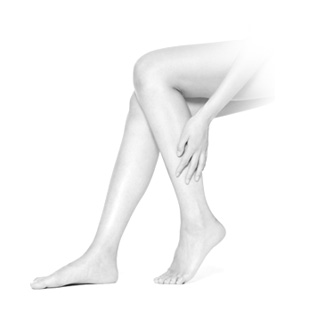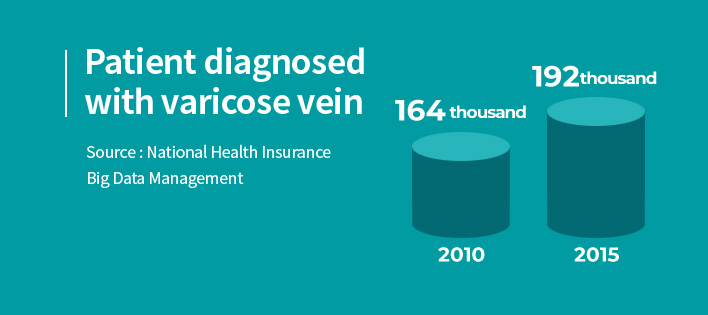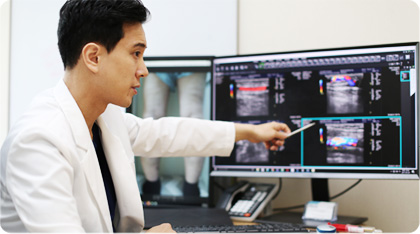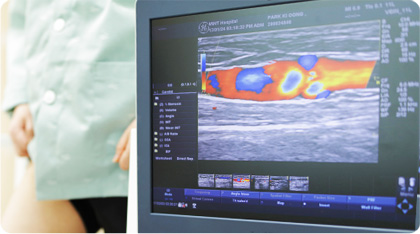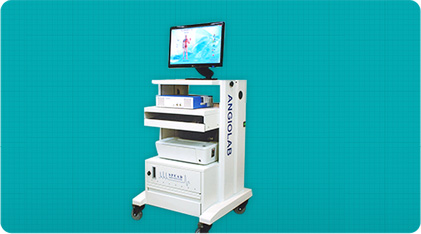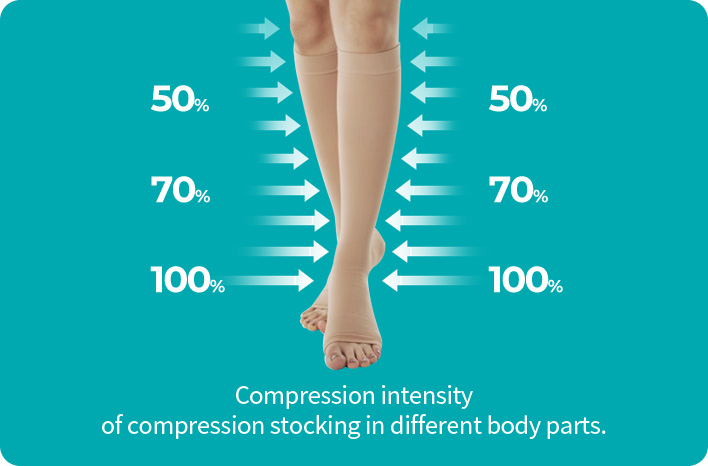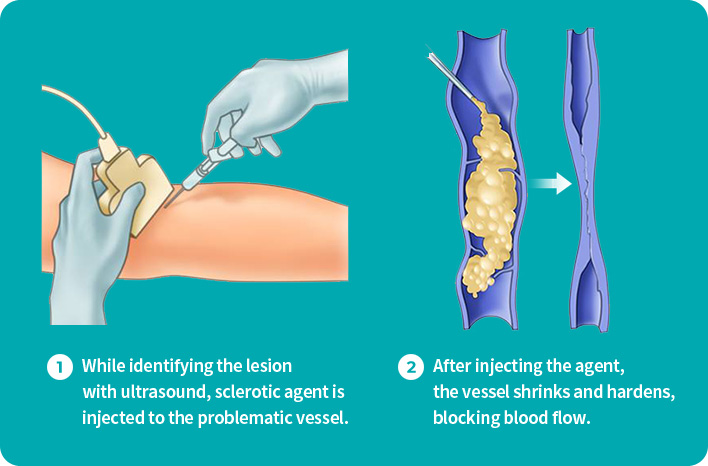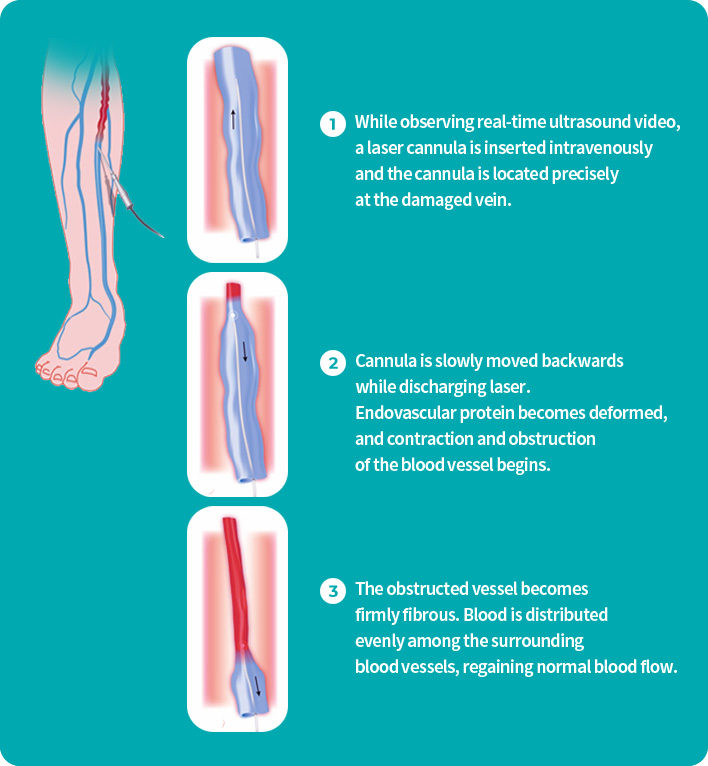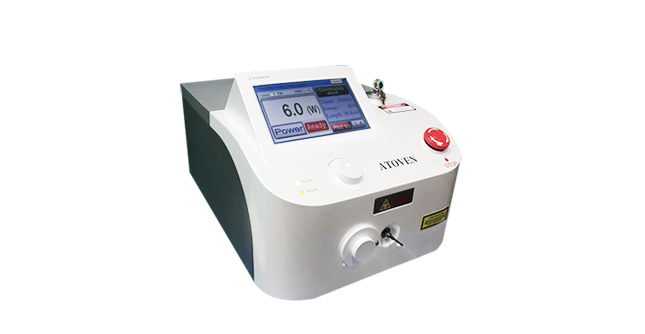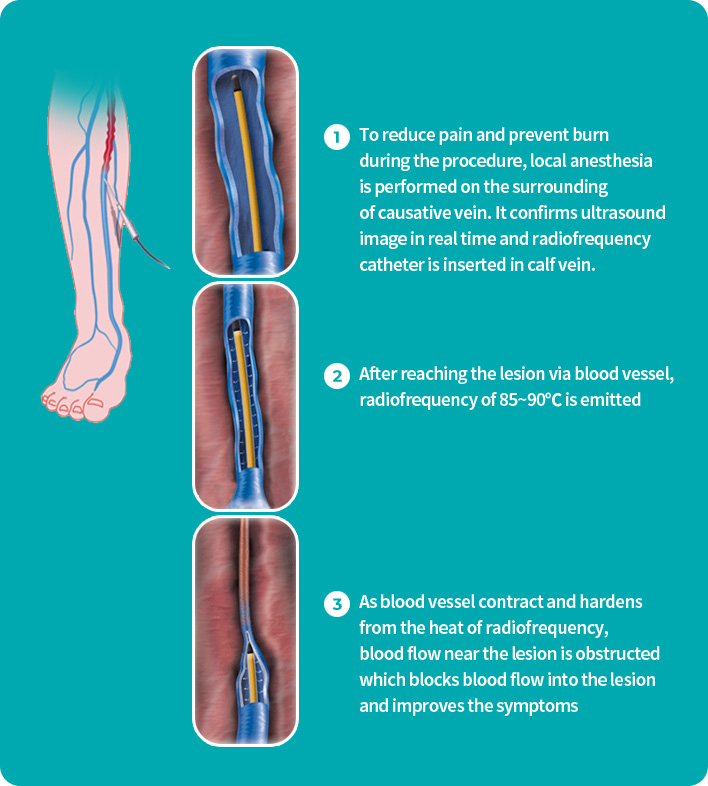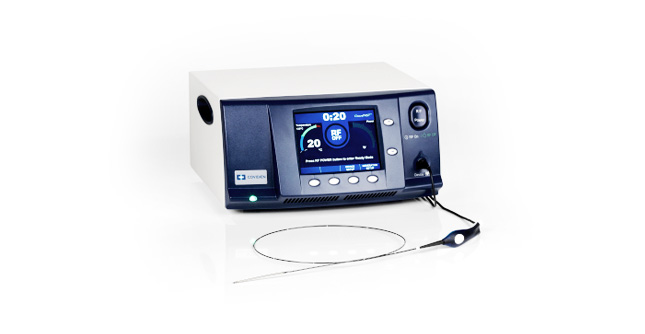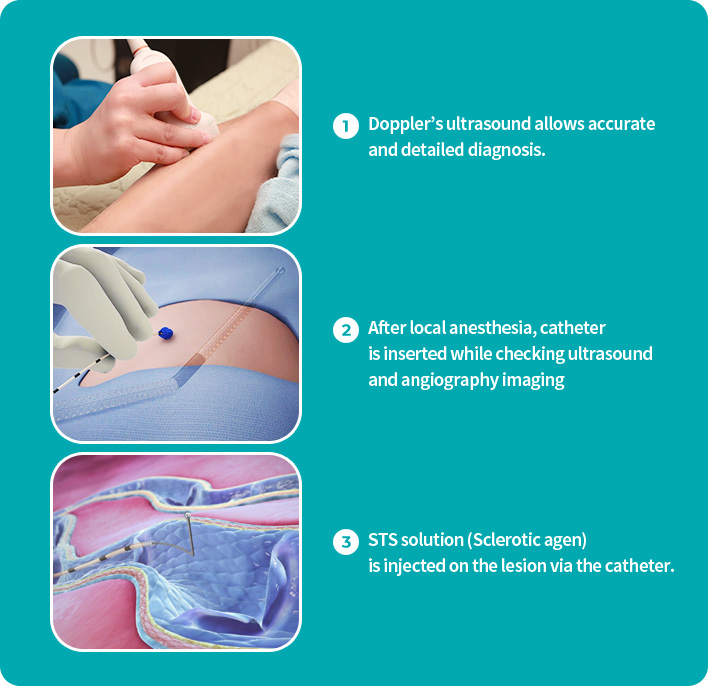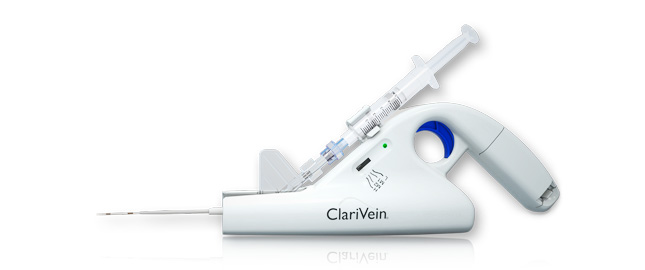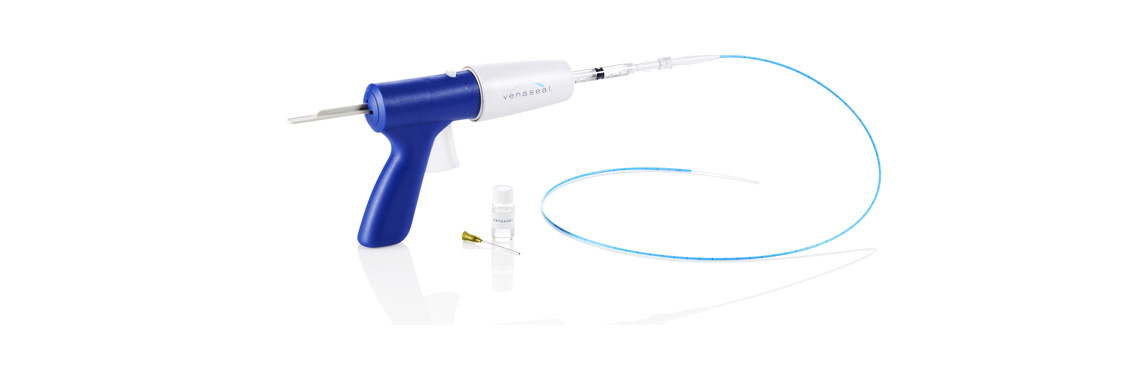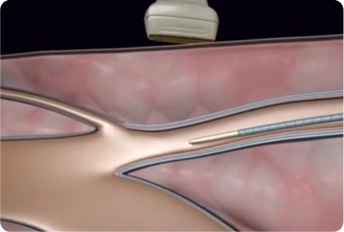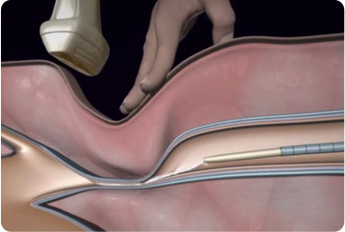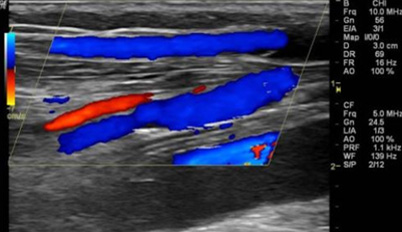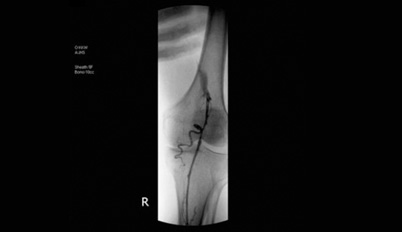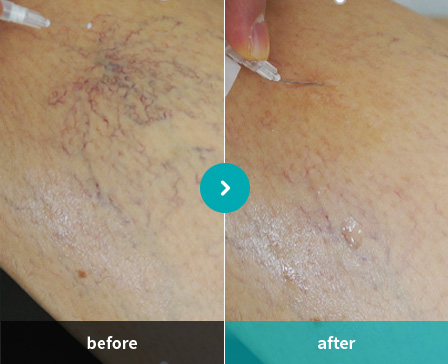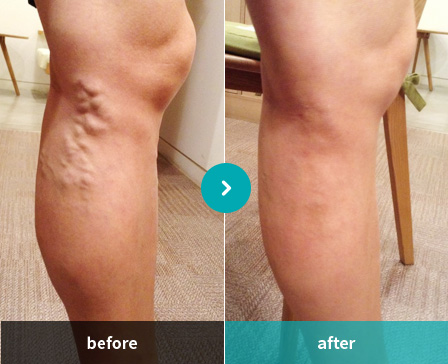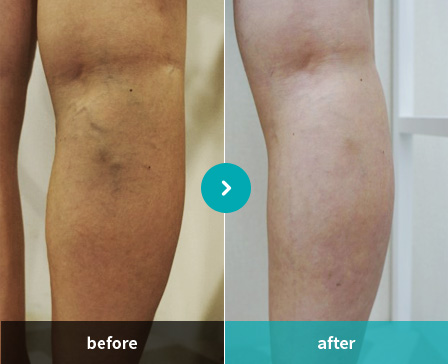| Treatment |
Sclerotherapy |
Laser treatment |
Radiofrequency treatment |
ClariVein |
VenaSeal |
| Treatment area |
Telangiectasis, small varices under 4mm |
Not for severly convuluted vein |
Most of varicose vein |
Most of varicose bein
(unilateral) |
Most of varicose vein |
| Treatment method |
Sclerotric agent |
Optic-fiber laser abnormal sensation |
Radiofrequency at 85~90℃ |
PHysical venous wall stimulation, sclerotic agent |
Bioadhesive
(cyanoacrylate) |
| Features |
No anesthesia, multiple treatments if necessary |
Local anesthesia (injected 10~15 times), treated once |
Local anesthesia (10~15injections), single treatment |
Local anesthesia (once), single treatment |
Local anesthesia (once) single treatment |
| Operation duration |
10~15 minutes |
30 minutes~ 1 hour |
30 minutes ~ 1 hour |
30~40 minutes |
30~40 minutes |
| Pain |
★ |
★★ |
Rare |
Rare |
Rare |
| Caution |
Light bruising, pigmentation |
Pain, bruising, abnormal sensation |
Slight bruising, pain |
Rare vasculitis |
Temporary allergy |
| Aftercare |
Immediate return to daily life, compression stocking for one week
|
Return to daily life on the next day, compression stocking for 2 weeks, medication if necessary
|
Return to daily life on the next day, compression stocking for 2 weeks, medication if necessary
|
Immediate return to daily life, compression stocking for one week
|
Immediate return to daily life, no compression stocking
|
| Periodic checkup |
|
Follow up in 1 week, 1 month, 3 months, and 6 months after treatment / Annual checkup afterwards |
| Health insurance |
Insurance applied for therapeutic purpose of treating symptoms, not for simple aesthetic purpose.
|
Non-reimbursement
※ Reach us for actual expense insurance |
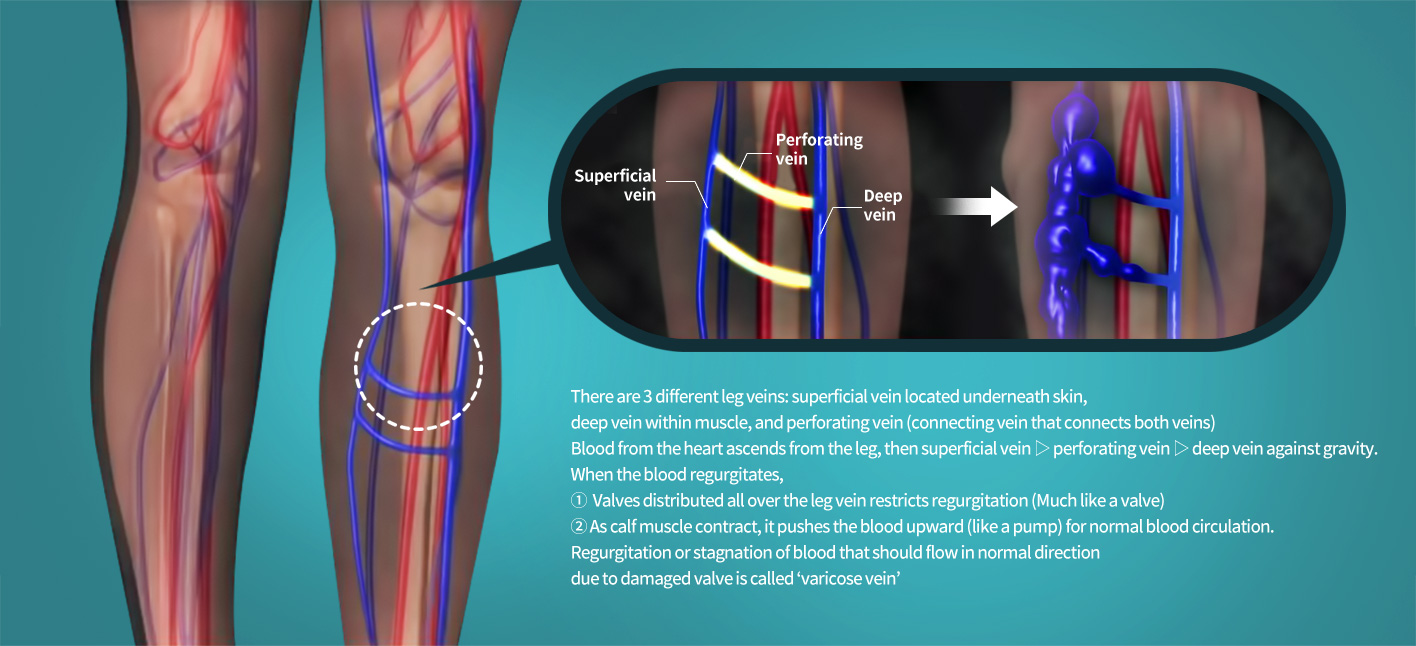
 KakaoTalk
KakaoTalk Blog
Blog Facebook
Facebook Instagram
Instagram YouTube
YouTube NaverTV
NaverTV Korean
Korean Chinese
Chinese Russian
Russian


 Reservation
Reservation
 Home
Home